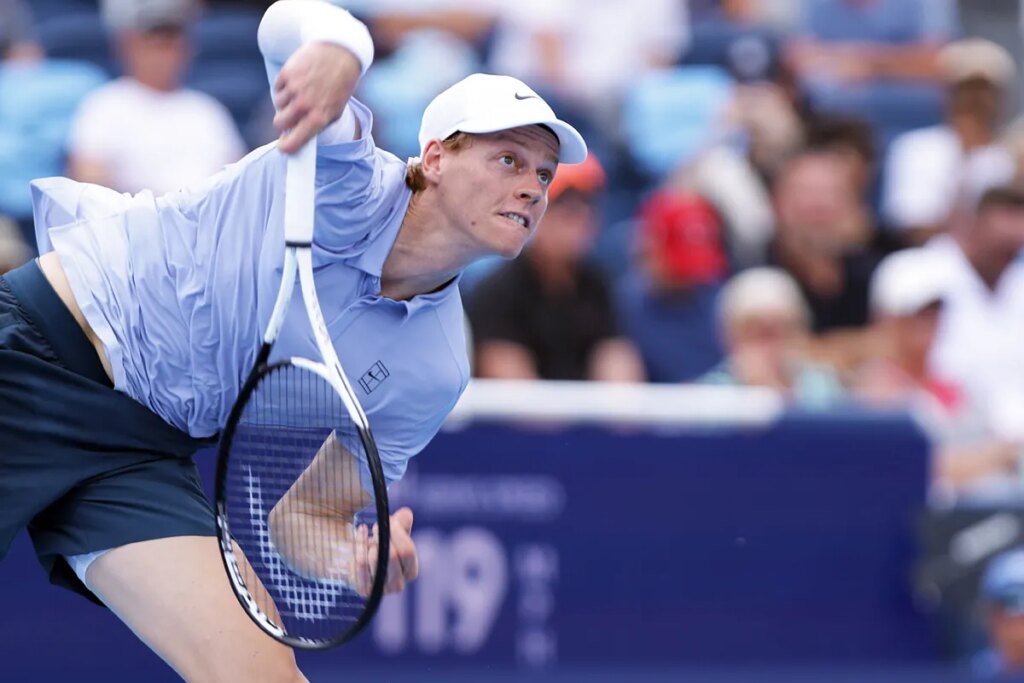Jannik Sinner shocked the tennis world by rehiring Umberto Ferrara – his former fitness coach linked to the clostebol doping controversy – nearly a year after their abrupt split.
The decision raised eyebrows, given Ferrara’s involvement in the chain of events that led to Sinner serving a three-month ban earlier this year.
When Sinner initially rebuffed questions on the topic, it heightened speculation. Then, at the Cincinnati Open, his message became crystal clear.
“It was a different situation. Now everything is different. I felt like, at this point, I needed someone who knew my body better,” he said.
Continuity and trust earn him a second chance
Sinner’s statement coyly acknowledges the past without dwelling on it. He emphasized that Ferrara’s work spanned mobility, stability, and endurance – cornerstones of his physical evolution.
“We worked together for about two years before this break. His work has brought me a lot of benefits,” Sinner told journalists, underscoring that his return is rooted in performance, not loyalty.
The shift in coaching staff unfolded swiftly. Just before Wimbledon, Sinner had replaced both Marco Panichi and Ulises Badio, part of Novak Djokovic’s former support team, with Ferrara stepping back into the role.
In a statement, Sinner’s camp noted: “Umberto has played an important role in Jannik’s development to date, and his return reflects a renewed focus on continuity and performance at the highest level.”
This decision, made in sync with his management team, underscores a strategic pivot prioritizing physical reliability and familiarity, particularly as he builds toward the US Open.
Sinner’s dominance shows no sign of ending
Sinner’s move comes amid a returning wave of form – he recently crushed Felix Auger-Aliassime 6-0, 6-2, reinforcing his status as a dominant force. The timing suggests that the reintroduction of Ferrara may be less about nostalgia and more about fine-tuning a machine in motion.
Still, the backlash was swift. Paul McNamee labeled the rehiring as “one of the most astonishing PR moves in tennis history,” and others questioned its optics. Yet Sinner and his team remain undeterred, signaling that excellence, not public perception, drives their decisions.
The decision to bring back Ferrara reveals Sinner’s priority: performance above all else. In his eyes, a coach’s knowledge of his physical makeup outweighs past controversy.
As he navigates the fall season, including Cincinnati and the US Open, he has reset his team structure with the singular goal of peak performance and longevity.
Sinner’s comeback arc continues-not just from injury or scandal, but through the quiet, critical choices that define a champion’s return to the top.
Read the full article here

